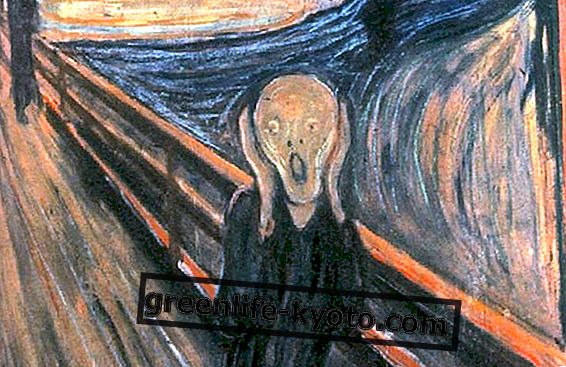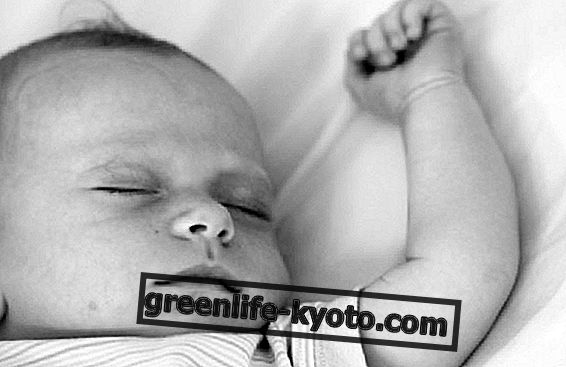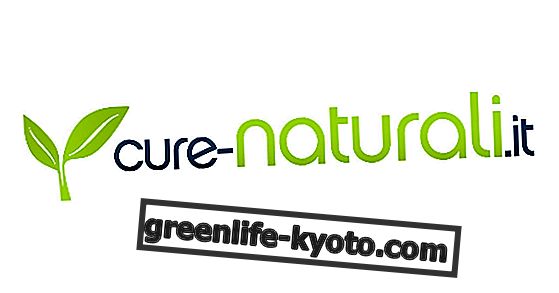Art therapy is a set of artistic techniques aimed at the recovery and growth of the subject and his emotions. Let's find out better.
>

What is art therapy?
By definition, art therapy uses the combination of techniques and methodologies used by visual artistic activities in an extended sense as therapeutic means. Music, dance and theater, but also puppet shows, story design and storytelling. All aimed at the recovery and growth of the subject, focusing on his emotional, affective and relational sphere. Therefore, art therapy is characterized as a non-verbal support approach, through the use of artistic materials, based on the assumption that the creative process corresponds to an improvement in the person's state of well-being, improving the quality of the experience.
The therapeutic use of art has no time. As a discipline, art therapy is born around the forties, thanks above all to the contributions of Margaret Naumburg and Edith Kramer, whose texts still represent solid points in the literature on contemporary art therapy . The American Margaret Naumburg, a debtor of the thought of Freud and Jung, considered the artistic productions of her patients as symbolic communications of unconscious material placed in a direct form, useful in the resolution of the transference. Art arrives where the word cannot .
Jung urged his patients to draw their dream images: " Painting what we see before us is a different art than painting what we see inside ". The great scholar considered art as a way of accessing the unconscious, a reservoir of emotions that must be brought to light. Edith Kramer, on the other hand, emphasized the therapeutic potential of the creative process and the role that the defense mechanism of sublimation played in this experience. Art therapy, like a new psychotherapeutic school, consists of three components: the use of artistic techniques for therapeutic purposes, the integrated approach with autogenic training and the eclectic constitution, which links the discipline to psychoanalysis, analytical psychology, psychology of Gestalt and transactional analysis.
Benefits and contraindications
By means of art therapy it is possible to activate resources that each of us possesses, that is those abilities to elaborate our own experience giving it a dimension and a form that can be transmitted to others. This allows you to increase self-awareness, cope with difficulties and control stress and traumatic experiences. The creation through artistic material allows the subject to express himself in a non-verbal way, therefore without using the typical defense barriers of the language. Art therapy is used today mainly in education and training, often to improve people's communication and interpersonal skills (sessions are always in groups). Furthermore, in the health and rehabilitation field, art therapy is effective when practiced in parallel with the usual therapy. The discomfort of a subject often comes easily out through the artistic forms, allowing a rapid recovery and an effective course during a hospitalization or a situation of isolation.
READ ALSO All natural and alternative medicines
For whom art therapy is useful
Art therapy is aimed at everyone . To practice it, it is not necessary to have special artistic skills or competences or even previous experience. The art here is "visceral". There is no room for an aesthetic judgment or for adherence to stylistic canons. Every expression of humanity, even a simple sign or a colored line, represents a genuine manifestation of a profound feeling of inestimable value. In addition to this, art therapy is used for the treatment of various mental disorders and in the treatment of disabled people; satisfactory results are obtained with the recovery of drug addicts and with children or the elderly for an improvement in the mind-body relationship. Finally, art therapy is electively indicated for those who suffer from anxiety and depression.
Art therapy for children is a way to talk, without having to use words, fears, abuses, traumas and secrets. It is a type of non-verbal communication for those children who do not want or cannot find the words in therapy. In fact, art and play are natural experiences. They represent the way children explore the world. Artistic objects therefore become for many real vehicles that facilitate communication with all languages, self-expression, wound healing, self-esteem and social integration.
The law in Italy and abroad
In England, the interventions of art therapy are set by a psychoanalyst or a psychiatrist characterized by strong artistic attitudes, accompanied by a theoretical background necessary for the "artistic depersonalization". Thus, both the psychoanalyst and the "master" artist meet in a single figure. This is possible only after a post-graduate specialization in psychiatry and psychoanalysis. In Italy, art therapy and related professional figures do not yet enjoy such prestige. However, there are different forms of association. The APIAr.T., Italian Professional Association of Art Therapists, represents a No Profit organization with the aim of obtaining legal recognition both of the role of the art therapist and of the schools of training in art therapy, relying on homogeneity at national level in the full respect for the freedom of cultural, scientific and methodological orientation of schools. Interesting is the approach of the School of Music Therapy in the Globality of Languages, a method devised by Stefania Guerra Lisi, a training discipline in communication and expression with the aim of research, education, animation, rehabilitation and therapy.
Curiosity about art therapy
The study of the art therapist is usually a large bright room, full of stimuli and, in itself, already looks like a picture: sheets, pencils, colored markers, clay, plasticine, cloth, balls of wool, scissors, scotch, glue. Strange musical instruments and colored towels. Large spaces for dancing or gathering and relaxing while listening to music. However, it is not just a place to play, express, experiment, but above all a therapeutic setting: a reassuring and supportive space; a defined time in which everything that happens receives an order, has a meaning and is used to facilitate self-awareness, emotional development, and / or to cure. During a session or an art therapy course, subjects do, touch, look, listen . They create a story that remains, with which to confront, even over time: an image does not always have the same meaning over time, even for those who create it.













